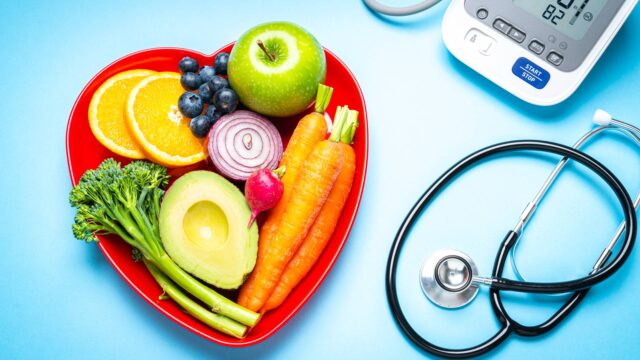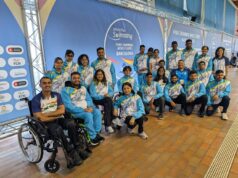There are 354 million hypertensives in India, and one in every three people has high blood pressure. According to research published in the Global Burden of Diseases (GBD), 29.8% of Indian adults have excessive blood pressure (urban India 33.8 percent, rural India 27.6 percent). Interheart and Interstroke studies demonstrate that in the presence of hypertension, the population attributable risk for IHD is 17.9% and for stroke is 34.6 percent. High blood pressure is still the most avoidable, unreported, untreated, and improperly managed clinical illness that requires immediate attention. On World Hypertension Day, we should join forces with the World Hypertension League to spread the message “Measure your blood pressure precisely, regulate it, live longer.”
Many individuals with documented high blood pressure had off-target readings after the first round of COVID-19. This was attributable to a variety of causes, including a lack of activity owing to the lockdown. Other causes include a lack of blood pressure medications, disrupted sleep patterns, stress from pandemic-related news, increased eating of high-calorie foods, reduced consumption of fruits and vegetables due to logistical problems, obesity, and excessive alcohol consumption. These problems primarily affected middle-aged persons and the elderly.
Many younger patients between 30 and 50 years of age are presenting with nonspecific chest pain, palpitations, uneasiness, and shortness of breath after the second and third waves of the COVID-19 pandemic, and many of them have high blood pressure. This, too, is linked to persistent inflammation and a proclivity for blood clotting. Some of them have problems with their little vessels (microvascular dysfunction). Many of them have fast heart rates, which is caused by an autonomic imbalance caused by high sympathetic and low vagal tone. In younger individuals, inappropriate sinus tachycardia is extremely prevalent after COVID-19. These are sometimes linked to panic episodes.
Walking (even in your own house), stretching exercises, and modest weightlifting should all be done on a regular basis. Yoga is a full cardiovascular disease lifestyle treatment. It is divided into eight sections. Asanas are a single component. The eight components should be attempted under the guidance of a guide. Sleep aids in the healing of the body and strengthens the immune system. A regular sleep schedule of 7 hours (range 6-8 hours) reduces the risk of stroke and heart attack. It is forbidden to smoke, chew tobacco, or use tobacco products. Obesity must be addressed. High cholesterol and diabetes should be managed. Moderate alcohol consumption is recommended. Blood pressure is reduced by listening to Indian classical vocal and instrumental music. “Don’t worry, be joyful” is the final motto.







